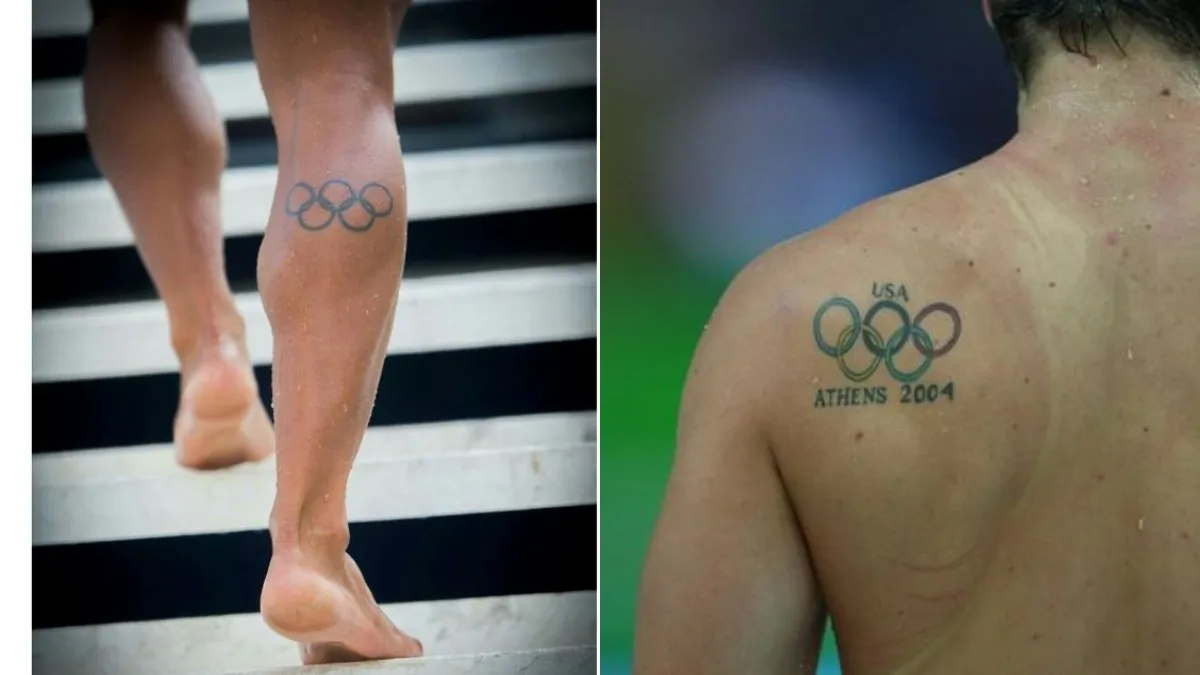Over the past two decades, the Olympic rings tattoo has surged in popularity among Summer Olympic athletes. These tattoos can be found on various parts of their bodies, including arms, necks, torsos, ankles, and feet. While some athletes opt for large, colorful designs, others choose smaller, more subtle versions. Despite these variations, the tattoo universally symbolizes a shared concept.
Origin of the Tradition
Chris Jacobs, a swimmer who earned three medals at the 1988 Seoul Olympics, believes the tattoo has become a rite of passage. “It’s like a little card for a somewhat exclusive club,” he said.
Jacobs, now 59, is credited with kickstarting the tattoo trend over 30 years ago. Inspired by Canadian swimmers, including the late Victor Davis, who sported small Canadian flag tattoos, Jacobs decided to adopt another iconic symbol: the Olympic rings.
Before long, Olympic stars like Michael Phelps and Ryan Lochte were sporting the rings, and the trend quickly spread to other sports.
Jacobs initially got a small Olympic rings tattoo on his hip shortly after the Seoul Olympics, so it wouldn’t be visible during competitions. A couple of years later, he had a second tattoo placed slightly higher on his hip. Eventually, he opted for a large, colorful version on the inside of his right bicep. “They mean a lot to a lot of people,” Jacobs explained. “I wanted to remember that period of my life.”
Personal Significance and Beliefs
For many athletes, Olympic rings tattoos hold deep personal significance. They symbolize their participation and the immense effort required to qualify for the Games. However, these tattoos also carry superstitious and personal beliefs, serving as symbols of good luck and pride.
Athletes often personalize their tattoos to commemorate their specific Olympic experience, sometimes including the year or the host city. The rings serve as a powerful reminder of their commitment and dedication to their sport.
Related Topics

